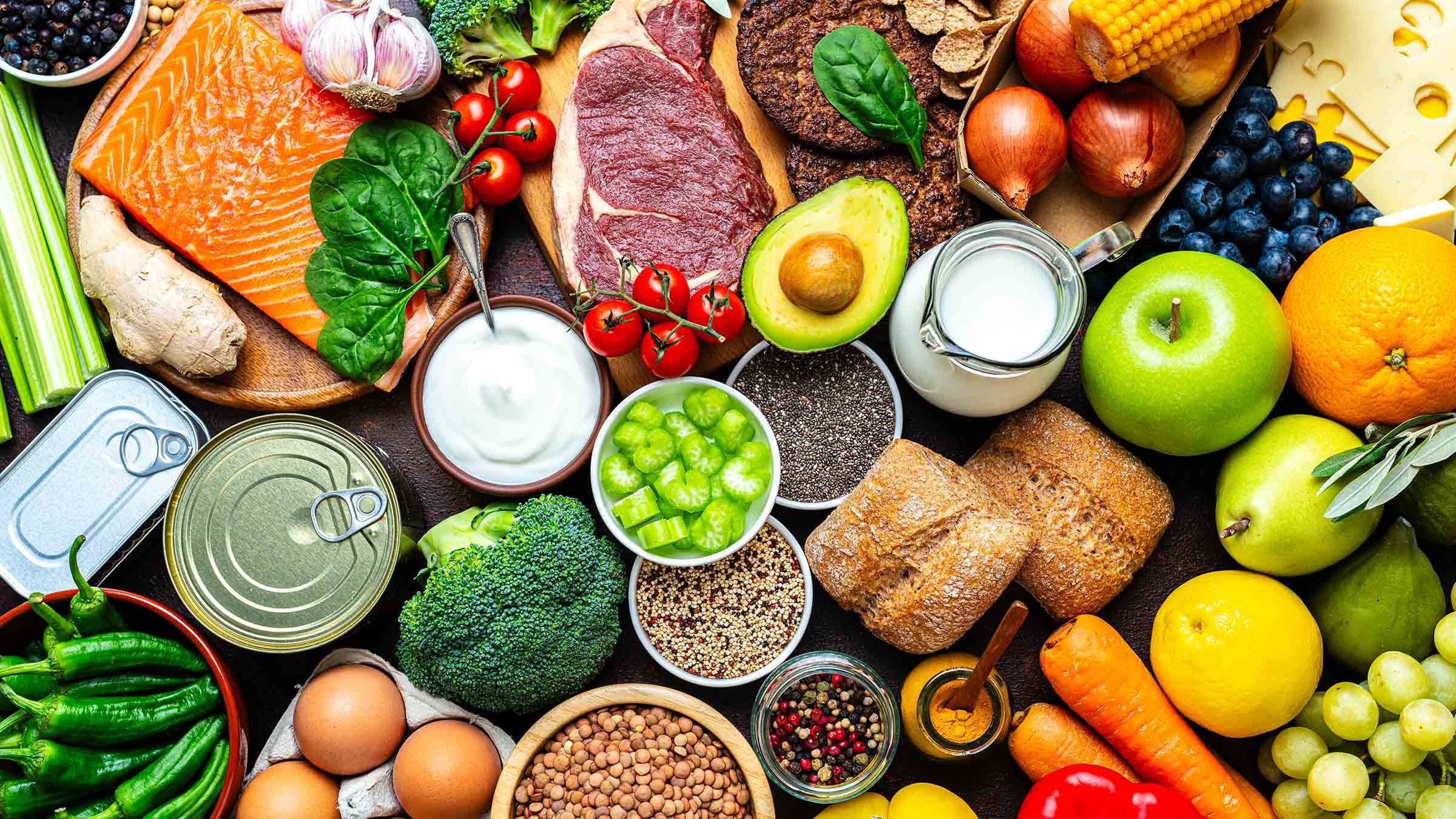
Trans fats are incredibly harmful to our health. Studies have shown that they actually do more damage to our heart than saturated fats ever did.
The World Health Organization (WHO) even called on governments to help eliminate “industrially produced trans-fatty acids” from the entire world’s food supply, noting in its initial announcement that trans fats led to an estimated 500,000 deaths from cardiovascular disease each year.
Trans fats are still in our food supply, though some countries have established best practice policies to eliminate industrially produced trans fats from food.
What are trans fats?
Trans fats have been shown to increase LDL (bad) cholesterol and decrease HDL (good) cholesterol. Consuming these fats increases your risk of developing heart disease, stroke and type 2 diabetes.
It’s important to know that there are two types of trans fats: naturally occurring and man-made.
Some meat and dairy foods, for example, have low levels of naturally occurring trans fat. However, most of the trans fat consumed in America is artificially produced from a chemical process. It involves adding extra hydrogen molecules to vegetable oil, making a previously liquid form of fat into a solid or semi-solid at room temperature.
Food producers create trans fats because it’s convenient — the hydrogenation process allows that fat to have a longer shelf life. Some restaurants also prefer trans fats for frying because the oil doesn’t need to be replaced as frequently.
In what foods are trans fats found?
The hardened vegetable fats that contain trans fats are most often consumed in pre-packaged and fried foods.
Examples:
- Margarine and spreads
- Store-bought cookies, cakes and pie crusts
- Frozen pizza
- Canned biscuits and cinnamon rolls
- Crackers and potato chips
- Ready-made frosting
- Fried foods, such as doughnuts, corn dogs, French fries and fried chicken
How can I avoid trans fats?
You don’t have to wait for the governments and food manufacturers of the world to follow the WHO’s plan for phasing out trans fats. You can adjust your diet to eliminate these harmful elements on your own.
When reading a food label, you want to look for “partially hydrogenated oil” to identify trans fats.
I recommend avoiding any products that contain manufactured (not naturally occurring) trans fats. When choosing foods, look for those that are more natural or less processed. Choose whole foods, such as fruits, vegetables, whole grains and lean proteins, including plant-based proteins, for the majority of your diet.
When it comes to desserts, make your own when possible, using whole ingredients (butter vs. margarine).
Try to cook more from home, and this will naturally lower your consumption of fried foods and frozen meals that are more likely to contain trans fats.

Take the first steps to a healthier lifestyle
Ditch the fads and start taking real steps to improving your health with the nutrition and dietary experts from Ohio State.
Start today




